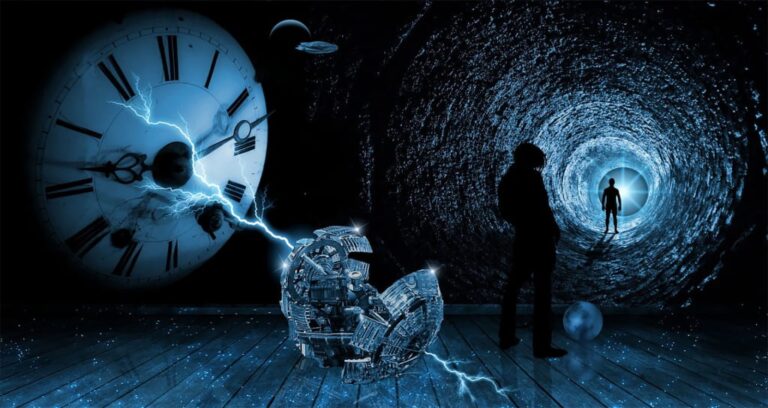Before moving forward with this topic let me say that the development of Timelines can sometimes dredge up past emotional experiences. If at any time you find yourselves getting too emotional, please stop the process until feeling more stable or relaxed to continue. If this emotional reaction becomes too overwhelming, please stop, and seek professional counseling for further assistance.
In my Resolution Focused Therapy (RFT) I ask clients to map out their lives on a “Timeline.” It is the foundational intervention in my RFT model. I have found that without a life map, our pasts get fuzzy and often distorted. I have also found that many of my clients have compartmentalized past events from their current lives and do not see how the two connect. A Timeline helps you visualize your lives and to connect the dots of your pasts to our present lives. Without making this connection, you will continue to be driven by unsaid events that will leave you in the dark about why we do what we do.
In RFT I help clients understand how past unresolved traumas/live events affect their current lives. I help them see that past events are sometimes too overwhelming, and the emotions sometimes break off from the event and get carried along in their present lives. These disconnected emotions fuel symptoms such as anxiety, depression, nightmares, sleep disturbances, and other symptoms related to Post Traumatic Stress Disorder (PTSD). It is essential to ensure that clients understand how they got where they currently are in their lives.
There are no directions on how to develop a timeline other than doing it chronologically by age. At what age you start it is up to you. I have assessed thousands of timelines since developing the technique when working with severely abused children. I have had them complete timelines with words, expressions, thoughts, behaviors, and anything else the clients wanted to use to express periods in their lives.
My first use of a timeline was a desperate attempt to breakthrough to a client who was considered by the judicial system as a “throw away kid” due to his antisocial behaviors. Throughout the first year in our facility, nothing I did seemed to work. But I did notice he was drawing his graffiti character that he had painted all over his neighborhood and on all his notebooks. I connected the character with a timeline, and it succeeded in breaking our impasse in therapy. That case turned into a chapter I co-authored in a textbook on clinical interventions (Strumolo et al., 1998). From this point on, I incorporated timelines into my clinical work.
Timelines sound like a simple task, but as I have always stated to people, never confuse something simple with being easy! Creating a Timeline is simple, you draw lines and begin where you choose to
begin. You can write the events, draw them, tag them with emotions or thoughts. The point is to get your life down on paper. The hard part is facing your past and the events that have molded your current beings. There are no correct or incorrect ways to do a Timeline. Below are the instructions I use to start one:
- Start the timeline at whatever age you feel comfortable.
- Mark any major or minor events that you feel should be noted.
- Mark any traumatic or life events that you feel should be noted.
- Use any words, pictures, symbols, feelings, or thoughts that express how you felt at that time.
- There are no correct or incorrect ways to generate a Timeline.
I am a firm believer, both personally and professionally, that we are a product of our past. Simply stated, the more unresolved baggage we carry, the more cluttered our present lives are. As I have said many times in my groups, you cannot cut away the shadow that follows you. What you can do is diminish the impact that shadow has on your present decision-making process.
I find it interesting how people have taken an interest in genealogy and learning who their descendants were and the cultures they came from. In my family systems field we also use genograms to see how transgenerational relationships and issues have impacted our lives. Yet, when it comes to facing our immediate past, many refuse to trace their own lives and see how their pasts have shaped them in the present. Timelines are not just for clients seeking mental health assistance. It is for anyone seeking to understand their present lives and how they arrived at that point.
For those of you with past severe trauma and already in therapy, I suggest working with your therapists to create a timeline. As I stated in the first paragraph of this article, if you decide to move ahead on your own, then please move slowly so the emotions do not overwhelm you. If you find yourselves becoming too emotional, please stop and put it aside for a bit.
I have heard time after time clients telling me how hard it was to do a timeline. I have told them that is okay and take your time. It is not a race or homework assignment with a deadline. Like life is a journey, so goes the timeline development. You will begin to remember many events you may have forgotten or stopped thinking about that may have had a significant impact on your current state of mind. It is an effective way to reflect on your life and to adjust your current state of mind accordingly. I will end with a Mr. Rogers quote that is so appropriate in this context. “Anything that’s human is
mentionable, and anything that is mentionable can be more manageable. When we can talk about our feelings, they become less overwhelming, less upsetting, and less scary. The people we trust with that important talk can help us know that we are not alone.”
Mind, Body, Spirit…Balance!
Vinnie Strumolo, CEO, CCO, LMFT
References:
Strumolo, V., & Shiendling, S. (1998), A Non-traditional Treatment of Youth with Conduct Disorder. In D.A. Sabatino & B.L. Brooks (Eds.), Contemporary Interdisciplinary Interventions: For Children WithEmotional/Behavioral Disorders (p. 655). Durham, North Carolina: Carolina Academic Press.






